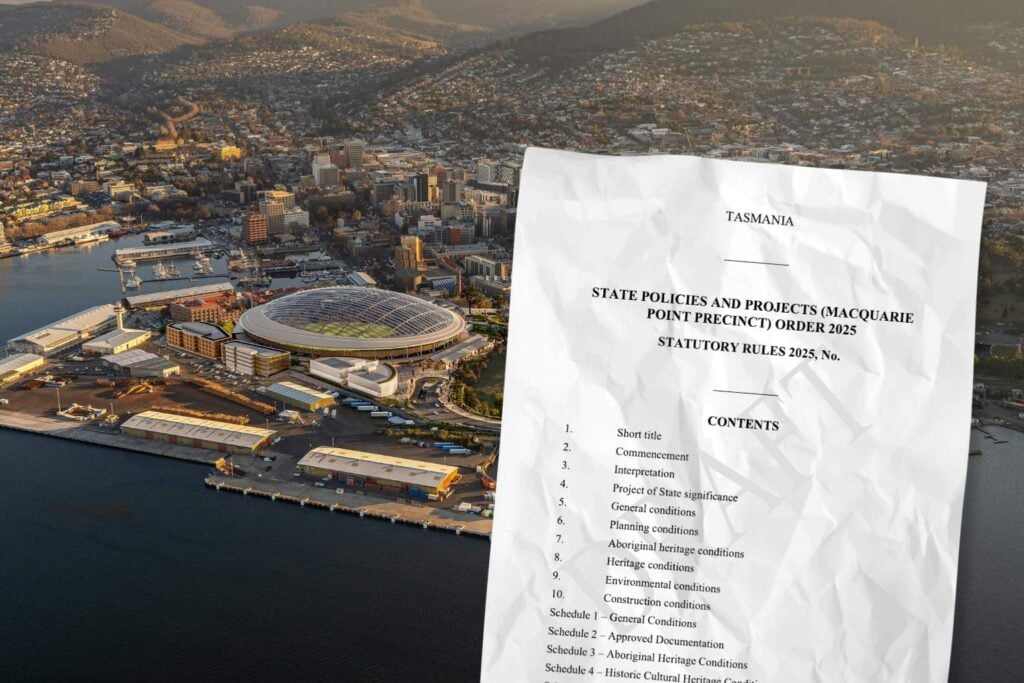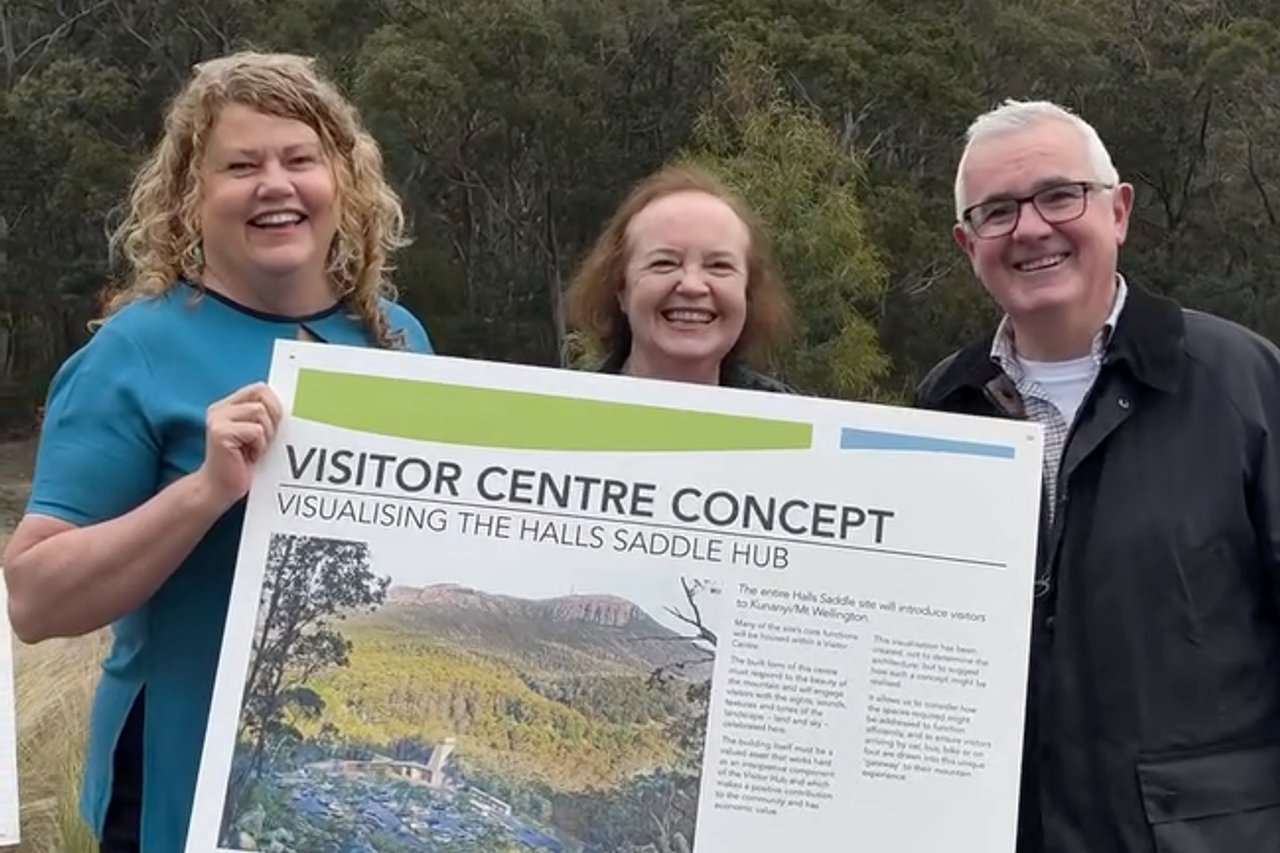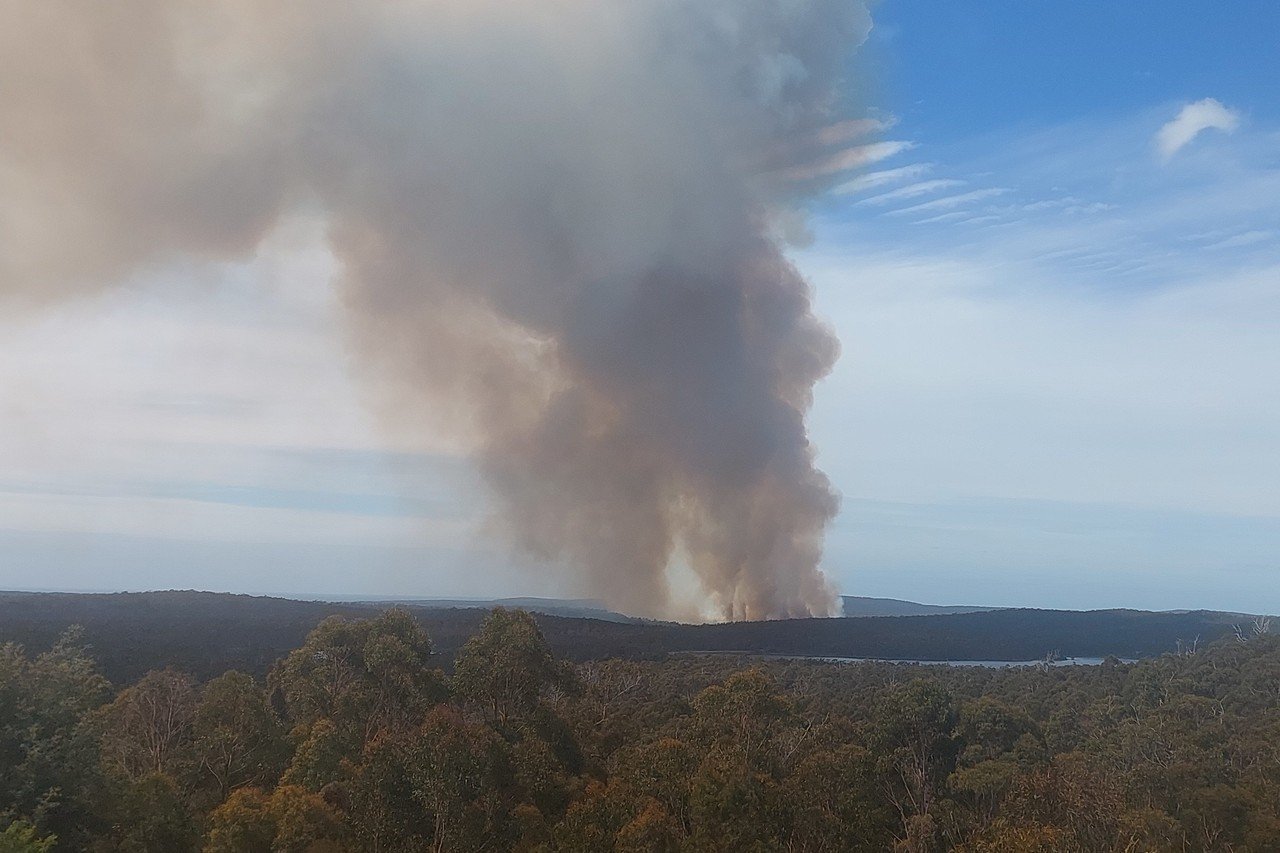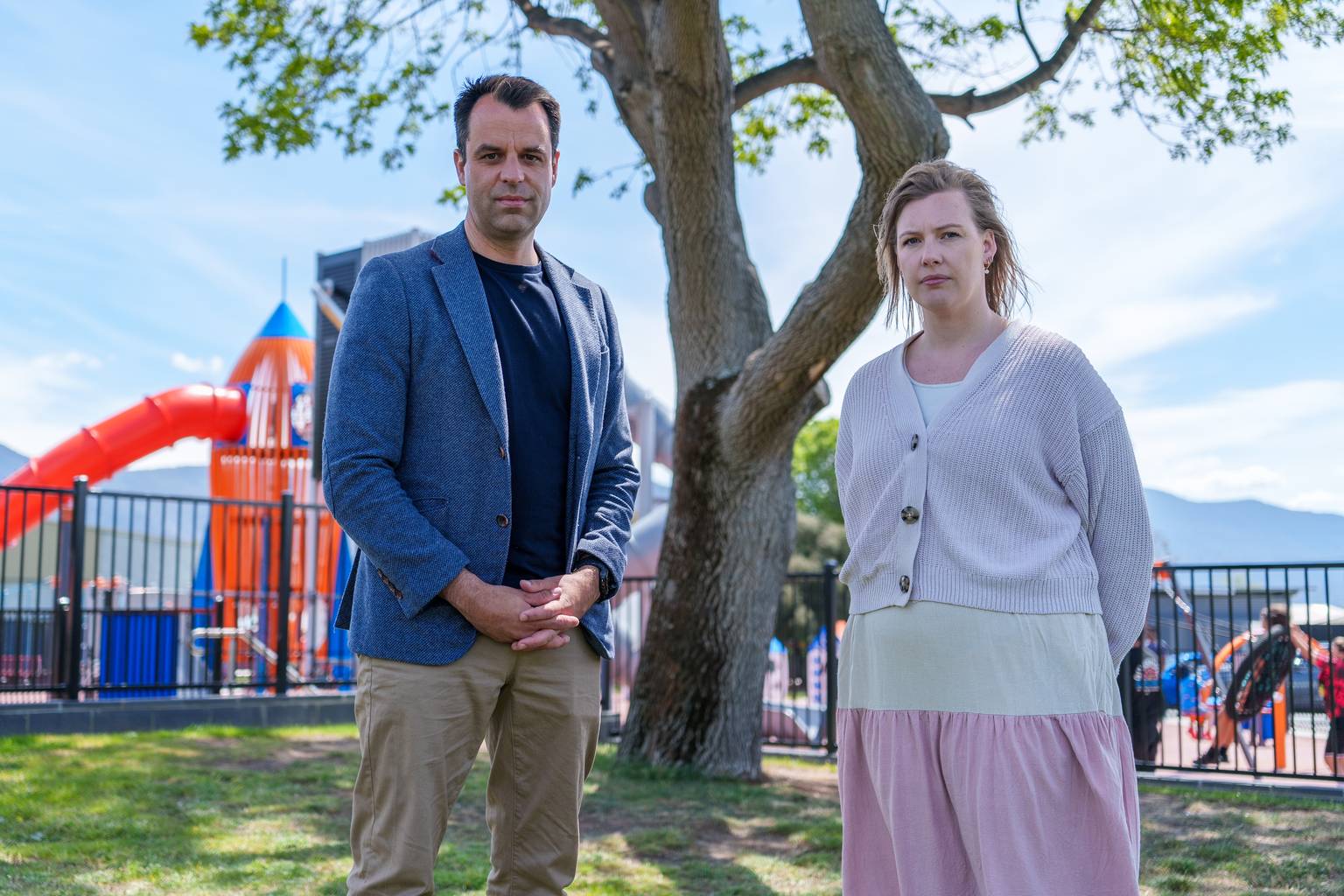Tasmania’s parliamentarians have received a draft version of the order they will vote on to determine the fate of the Macquarie Point stadium project.
The 153-page document sets out a long list of conditions that must be met if parliament greenlights the $1.13 billion venue – including an annual cap on loud concerts.
Most MPs already know how they’ll vote, but a handful have been waiting to see the fine print before making up their minds.
While the draft order can’t be amended by parliament, the state government says minor adjustments could still be made before it’s formally tabled next month.
Under the proposed noise rules, the stadium would be limited to 12 high-volume concerts a year.
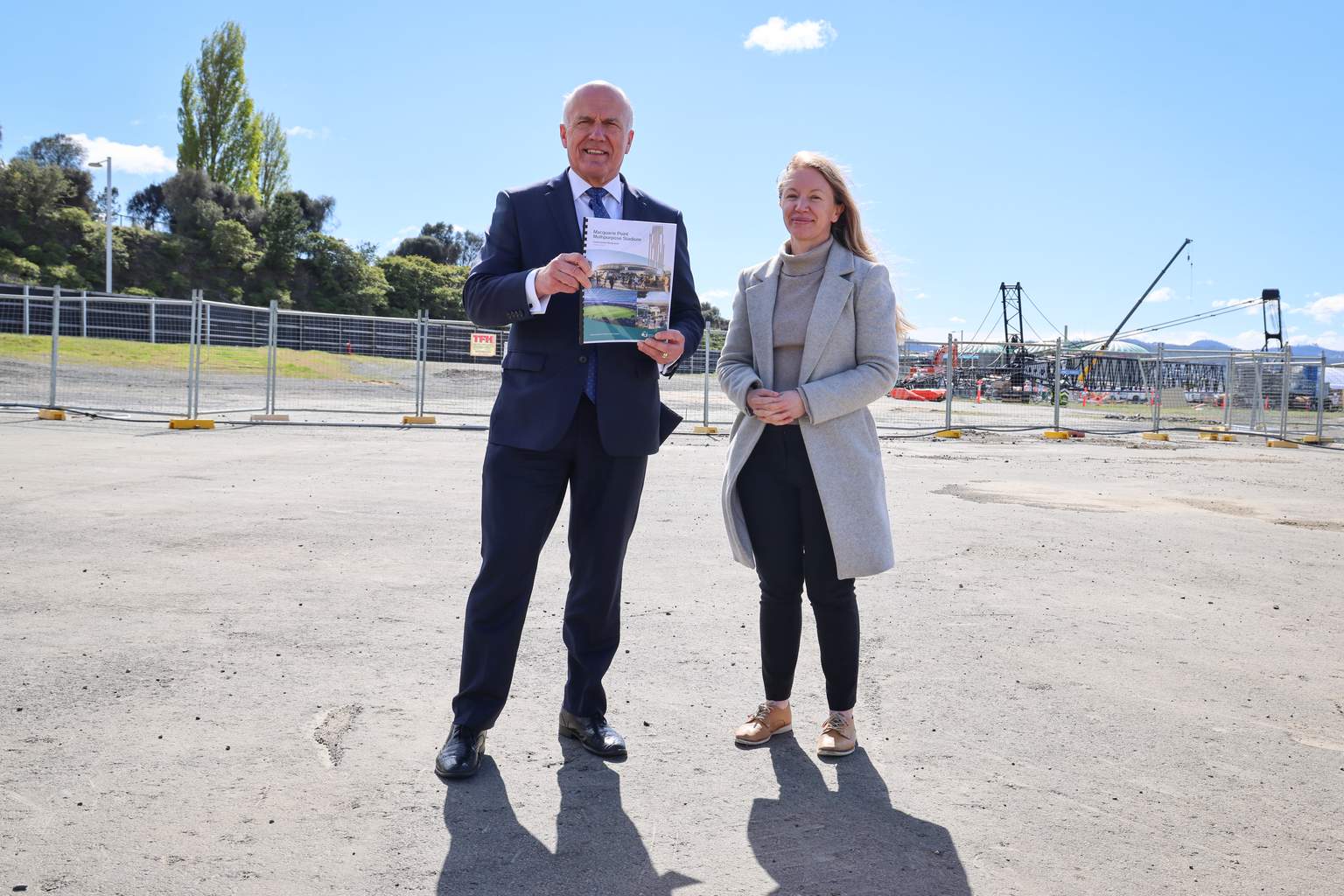
Only three of those could hit 75 decibels off-site, with the remaining nine capped at 65 decibels.
Day sporting matches could run from 8am to 8pm, while night games would be restricted to between 2pm and 11pm.
Concerts and performances would have to wrap up by 11pm, with rehearsals and sound checks finishing by 8pm.
The stadium’s standard capacity of 24,500 could expand to 31,500 for concerts.
Special events of up to 38,000 people would need separate approval and management plans.
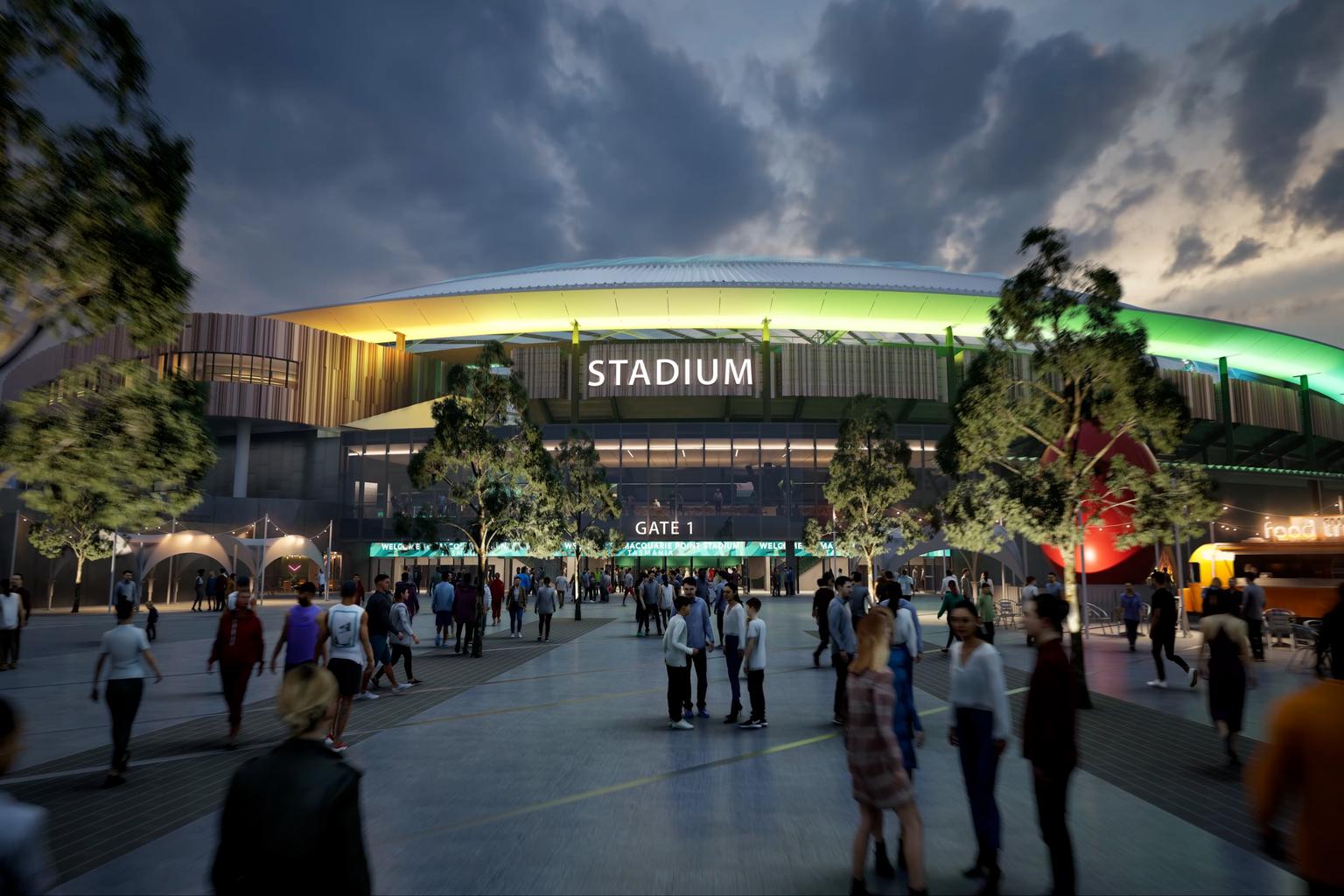
The order states the stadium cannot host a single event until all roads, car parks and bus access are fully sealed and operational.
A detailed transport plan must be lodged 18 months before opening, showing how thousands of patrons will reach and leave the waterfront site without bringing Hobart to a standstill.
It must also take cruise ship schedules into account.
Lighting designs will need approval to ensure they don’t dazzle ship captains on the Derwent or spoil views of heritage buildings like the IXL jam factory.
Before construction begins, the historic Hobart Railway Goods Shed must be dismantled, relocated and rebuilt elsewhere on site.
Work within a 1,400-square-metre Aboriginal heritage area will require archaeologists and Aboriginal Heritage Officers on site during topsoil removal.
Not a single shovel can hit the ground until environmental auditors declare the former industrial site safe for development.
The precinct’s decades of contamination will need to be cleaned up to a standard suitable for public use.
Construction will be limited to 7am–6pm on weekdays and 8am–6pm on weekends, with no early mornings or late nights.
Work will be banned on major commemoration days at the nearby Cenotaph – including Anzac Day, Remembrance Day and other military anniversaries – until after services conclude.
A new ground-level electrical substation will also be required, with designs approved by TasNetworks to ensure the project doesn’t trigger blackouts elsewhere.
Stormwater systems must be built to withstand one-in-100-year floods projected for 2100, factoring in climate change and sea-level rise.
The order states that the Tasmanian Symphony Orchestra, University of Tasmania and Baha’i Centre of Learning must all be consulted on noise management plans.
TasPorts will also have a say on anything affecting ship navigation or port operations.
A Design Quality and Integrity Review Panel – including heritage and architecture experts – will critique the stadium’s appearance before final designs are signed off.
Every concert will be monitored during the first two years of operation, with noise data retained for 90 days after each event.
At least eight sporting events a year must also be reviewed, covering different codes and crowd sizes.
Six-monthly reports will go to the state government, detailing everything from traffic congestion and noise complaints to impacts on port activity.
A social impact study will be required 21 months after opening to assess how the venue has affected the local community.
Permanent noise monitors will be installed on the western, southern and eastern boundaries of the site, plus one near the Cenotaph, recording sound levels in real time.
Dilapidation reports are mandatory for every nearby building that could be damaged by construction vibrations – including the Port Control Tower, buildings along Evans Street and the Royal Engineers Building.
If cracks appear or structures shift, the Macquarie Point Development Corporation will be responsible for repairs.
The Hobart Rivulet, which runs beneath the site in a tunnel, must be filmed before and after construction to prove it hasn’t been damaged.
The Hobart City Council will oversee most planning and operational conditions, including noise limits and opening hours.
The EPA will manage environmental compliance, while the Heritage Council will oversee the protection of historic structures and archaeological finds.
The order declares the stadium a project of state significance, meaning it overrides normal council planning processes and requires approval from both houses of parliament.
The government plans to finalise the draft order on October 22 and table the final version in November.
The House of Assembly will debate the project on November 13, while the Legislative Council has set aside December 3 and 4 for its crucial yes or no vote.

